Southern Vietnam’s rainy season
- 06/05/2025
- Posted by: Thao Tran
- Category: Blog
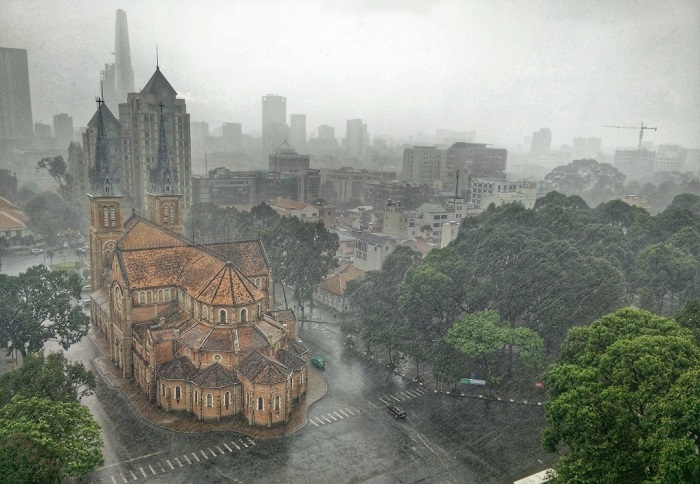
If you’ve ever been to Southern Vietnam between May and November, chances are you’ve been caught in the rain. Thinking about it, “caught” might be the wrong word. The rainy season here doesn’t sneak up on you; it joins into your day like a routine performer, with a lively rhythm. In cities like Ho Chi Minh City, Can Tho, and Vung Tau, the rain doesn’t just fall; it arrives. And when it does, life changes pace.
A season of predictable chaos
Unlike the cold, persistent drizzle of Europe or the misty greyness of the Pacific Northwest, the rain in southern Vietnam is rhythmic and theatrical. Sometimes, it acts like a scheduled performance arranged by nature. It typically begins in late May, ushered in by the southwest monsoon, and it often ends by November. But these are not gloomy, endless rains. They’re more like afternoon rituals: short, sharp, and intense.
By around 2 or 3 p.m., the sky darkens just slightly, as if someone’s dimmed the lights. The wind picks up, and vendors on the street start to cover their stalls with plastic tarps. The scent in the air changes—earthier, deeper, filled with the promise of renewal. Then, without much warning, the sky opens.
It pours. Not in polite drizzles or scattered droplets, but in full torrents—like the clouds had been saving up all morning and decided to let it all go at once. Streets can flood in minutes, gutters overflow, and motorbikes pull over as riders scramble for ponchos. It’s chaotic, but it’s expected. Give it an hour, maybe less, and it stops almost as suddenly as it started.
And then, life resumes.
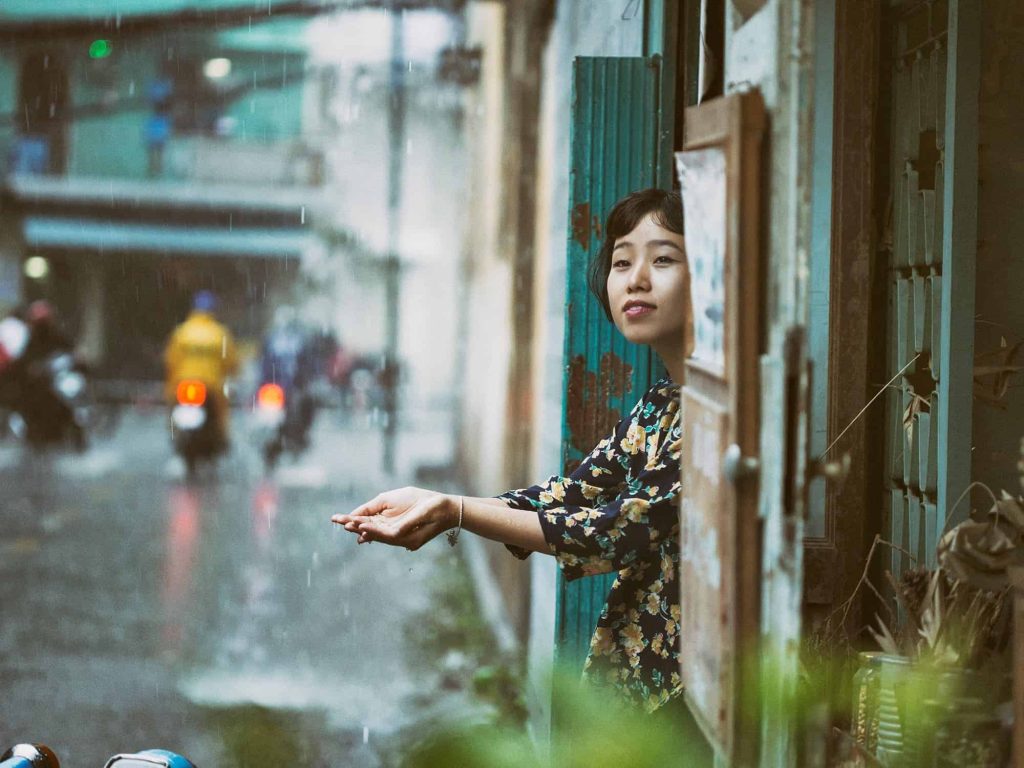
Daily life in sync with the rain
In Southern Vietnam, people live with the rain, not against it. Children play barefoot in the puddles, happily laughing of the natural shower. Street vendors huddle under umbrellas, chatting with neighbors or scrolling through their phones while they wait for the downpour to pass. Offices take a short pause. Cafés fill up with customers who sip iced coffee or hot tea while watching the rain lash against the windows.
Motorbike riders carry compact ponchos at all times, often neon-colored and flapping in the wind like makeshift sails. These aren’t fashion statements—they’re necessities. If you forget yours, you’ll learn quickly not to repeat that mistake.
The architecture, too, adapts. Wide overhangs on houses, awnings on shop fronts, and elevated floors are used to react with the phenomenon. Even conversation adapts to the season. “It’s going to rain soon,” someone might say around lunch, as if predicting the inevitable. And more often than not, they’re right.
A source of inspiration
There’s something inherently poetic about the rainy season here. It’s no surprise that it has inspired countless Vietnamese poems, songs, and even films. Rain, in Vietnamese culture, is not just a weather pattern—it’s a metaphor for longing, nostalgia, cleansing, and the passage of time.
One of the most beloved Vietnamese songs, “Cơn Mưa Hạ” (Summer Rain), captures the melancholy of love and memories tied to the rainy months. Poets often liken the rain to tears, yet not always of sorrow—sometimes, they’re tears of joy, remembrance, or even rebirth.
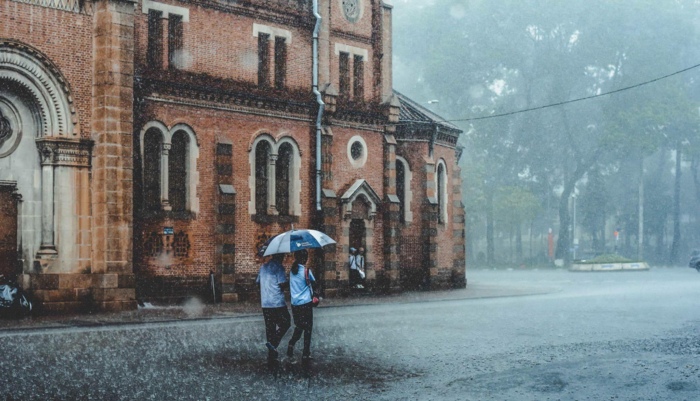
In Saigon, where modernity buzzes louder than most places in the country, the rain offers a soft counterbalance. It slows the city down, even for a little while. The usually frenetic traffic quiets under the sound of water. The din of motorbikes is muffled. People pause—not out of inconvenience, but as if reminded of something gentler, older.
Rain as a cultural thread
Beyond the poetic, the rainy season plays a crucial role in the agricultural calendar. The Mekong Delta, Vietnam’s rice bowl, relies on this seasonal shift to nourish its vast paddies. Farmers time their planting and harvesting cycles around the rainfall, and the abundance it brings shapes the economy and diet of the region.
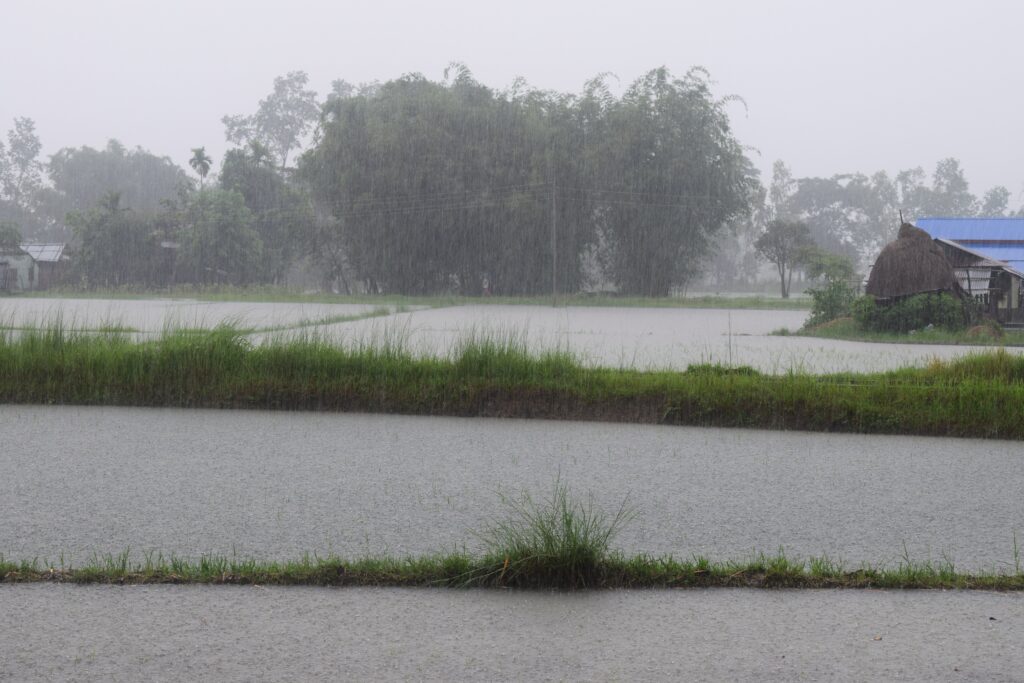
The rain brings with it not only water, but life—lush greenery, fruiting trees, and a surge in local seafood. It’s a time of abundance and renewal, despite the minor inconveniences it brings to city dwellers.
Traditional festivals during this time, such as Vu Lan (a Buddhist holiday similar to Mother’s Day, observed in August), often include prayers and offerings done under dripping roofs or between showers. The gentle sound of rain becomes part of the ambiance—part of the ritual itself.
Navigating the storms
That said, the rainy season isn’t all poetry and puddles. It also comes along with some problems. Poor drainage systems struggle to keep up with the sheer volume of water. Roads become rivers, and low-lying areas sometimes see significant damage.
Storm warnings are more frequent during this time, particularly for coastal towns. While most daily rains are predictable and manageable, occasional tropical storms and typhoons can sweep through, causing evacuations and infrastructure challenges.
Still, the resilience of Southern Vietnamese communities shines through. The rain is accepted, even embraced—a part of life that demands flexibility but also rewards it.
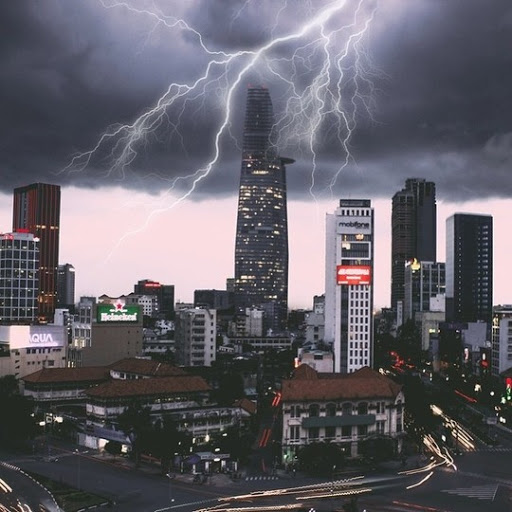
A season to be remembered
If you ask a local about the rainy season, you’ll often hear stories. Not complaints, but stories. A first date under a dripping awning. Childhood games played in ankle-deep water. A meal shared during a storm-induced power outage. There’s romance in the rhythm of the rain, and it leaves an imprint on those who live through it.
For travelers, it might mean wet socks or delayed itineraries. But for those who take the time to pause and watch, it becomes clear that the rain isn’t just something that happens—it’s something that belongs. It is as much a part of southern Vietnam as the food, the people, and the language.
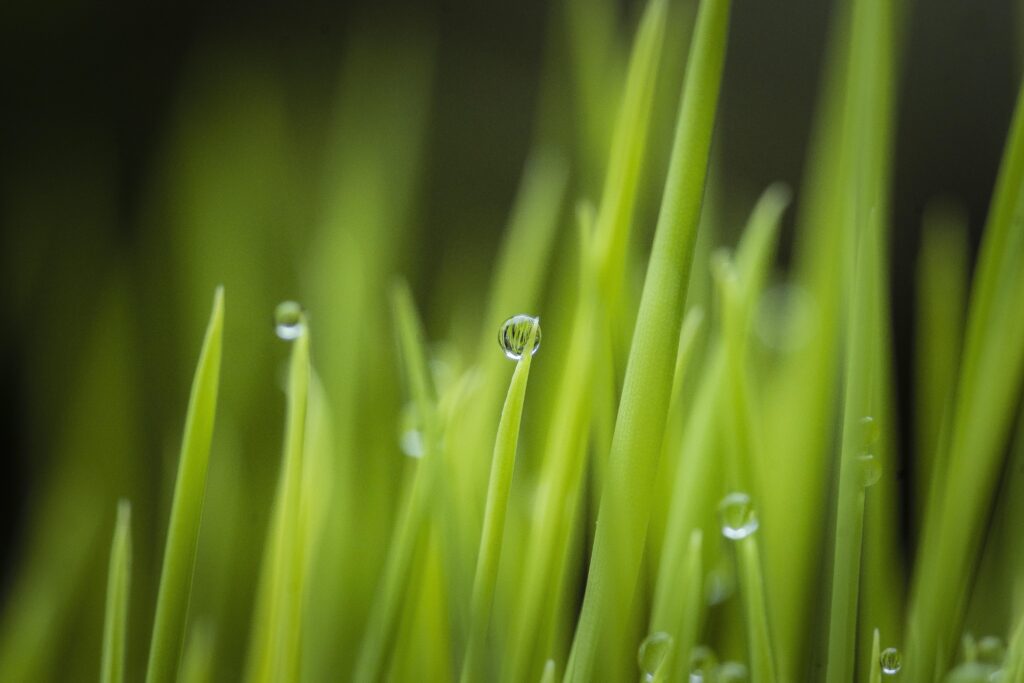
What lasts in mind
In Southern Vietnam, the rainy season isn’t a disruption—it’s a chapter of the year that holds its own magic. It arrives daily like a favorite song on the radio—predictable yet always stirring something new. It might soak your clothes and muddy your shoes, but it also fills your senses and slows your steps, just long enough to notice the beauty around you. And just like that, when the sun breaks through again and the clouds part, it feels like the world has been washed clean—ready to begin again.


